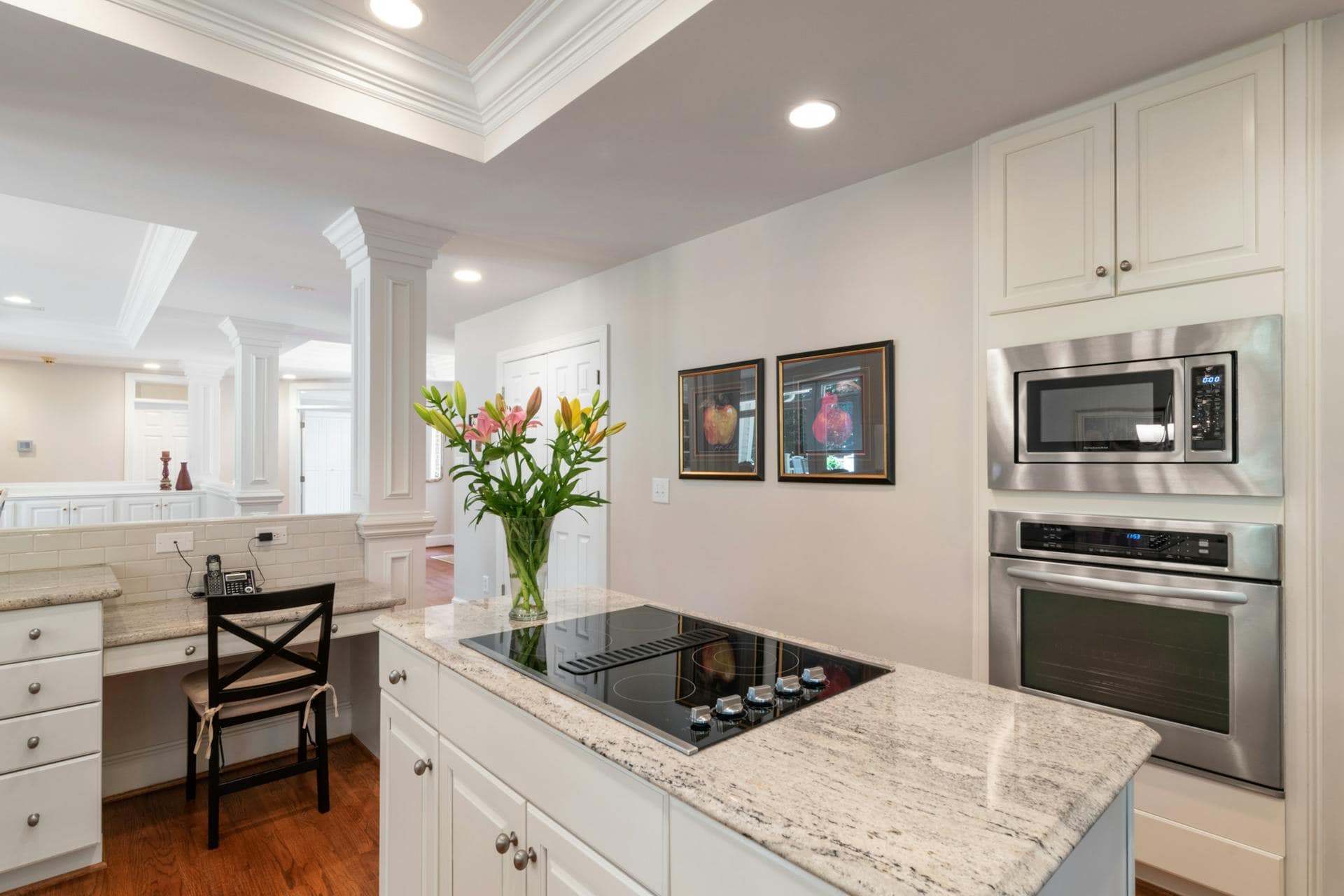
Question: How Many Recessed LED Lights Do I Need In My Kitchen?
Answer: How many recessed LED lights you need depends on your kitchen size, ceiling height, desired brightness, and fixture lumens. A general rule is to use 1 recessed light per 4-6 square feet.
Brighten Your Kitchen: A Guide to Recessed LED Lighting
A well-lit kitchen improves both function and ambiance. Recessed LED lights offer a sleek, modern solution. But how many do you need? This guide helps you calculate the right number for your kitchen.
Understanding Lumens and Wattage
Lumens measure light output. Watts measure energy use. Focus on lumens when choosing LED lights. A higher lumen value means a brighter light. Consider the size and purpose of your kitchen. A larger kitchen requires more lumens for adequate illumination. A brighter kitchen workspace benefits from higher lumen lights.
LEDs provide more lumens per watt than traditional bulbs. This means they use less energy for the same light output. You can achieve desired brightness while saving on electricity costs.
Consider the color temperature of your LEDs. Warm white (2700-3000K) creates a cozy atmosphere. Cool white (4000-5000K) provides a brighter, more energizing feel. Daylight (5000-6500K) mimics natural light, ideal for task lighting.
Click the link to learn more about Blue Kitchen Refacing
Related Article: Can You Have Too Many Recessed Lights In a Kitchen?
Related Article: What Colour Light is Best For a Kitchen?
Spacing and Placement of Recessed Lights
Space recessed lights evenly for consistent illumination. A general rule is to space them about 4 feet apart. In kitchens with higher ceilings, increase the spacing proportionally. For example, for 9-foot ceilings you can consider 4.5-foot spacing between lights.
Consider the layout of your kitchen cabinets, appliances, and furniture. Position lights to avoid shadows. Focus lights above work areas for optimal task lighting. Install lights away from cabinets to prevent obstructions.
Use a combination of general and task lighting. General lighting provides overall illumination. Task lighting focuses on specific areas. Layering these two types of lighting creates a balanced and functional kitchen space.
Related Article: What Type of Recessed Lighting is Best For a Kitchen?
Choosing the Right Trim for Your Recessed Lights
Recessed light trims come in various styles. Baffle trims have ribbed edges to reduce glare. Reflector trims direct light downward, ideal for task lighting. Wall wash trims create a soft, ambient glow. Pinhole trims offer a discreet, minimalist look.
Consider the style of your kitchen. Choose trims that complement your existing décor. Match the trim finish to your hardware and fixtures. Select a consistent trim style for a cohesive look.
Adjustable trims allow you to direct the light beam. This is useful for highlighting specific features or artwork. Swivel trims rotate, offering flexibility in directing light. Fixed trims offer a simple and affordable option.
Installation and Safety Tips
Consult a qualified electrician for installation if you lack experience. Incorrect wiring can create hazards. Ensure your wiring meets local building codes. Always turn off the power before working with electrical fixtures.
Choose IC-rated recessed lights for direct contact with insulation. Non-IC-rated lights require a clearance around insulation to prevent overheating. Check the packaging for the appropriate rating.
Use a voltage tester to confirm power is off before handling wiring. Wear safety glasses to protect your eyes from debris. Use wire connectors to secure connections.
Dimmers and Other Lighting Controls
Install dimmer switches to control the brightness of your recessed lights. Dimmers create ambiance and save energy. Choose dimmers compatible with LED lights for optimal performance.
Consider smart lighting controls. Smart bulbs and switches allow you to adjust lighting remotely. You can set schedules and create custom lighting scenes.
Use motion sensors for added convenience. Motion sensors automatically turn lights on when you enter the room and off when you leave. This helps conserve energy.
Conclusion
Determining the right number of recessed LED lights involves calculating your kitchen’s lighting needs based on its size and the desired brightness for different areas. By considering factors like lumens, spacing, trim styles, and installation best practices, you can create a well-lit, functional, and aesthetically pleasing kitchen environment. [ 1 ]
References
1. https://blog.recessedlighting.com/how-many-recessed-lights/

Blue Malue Get in touch with Blue here.
